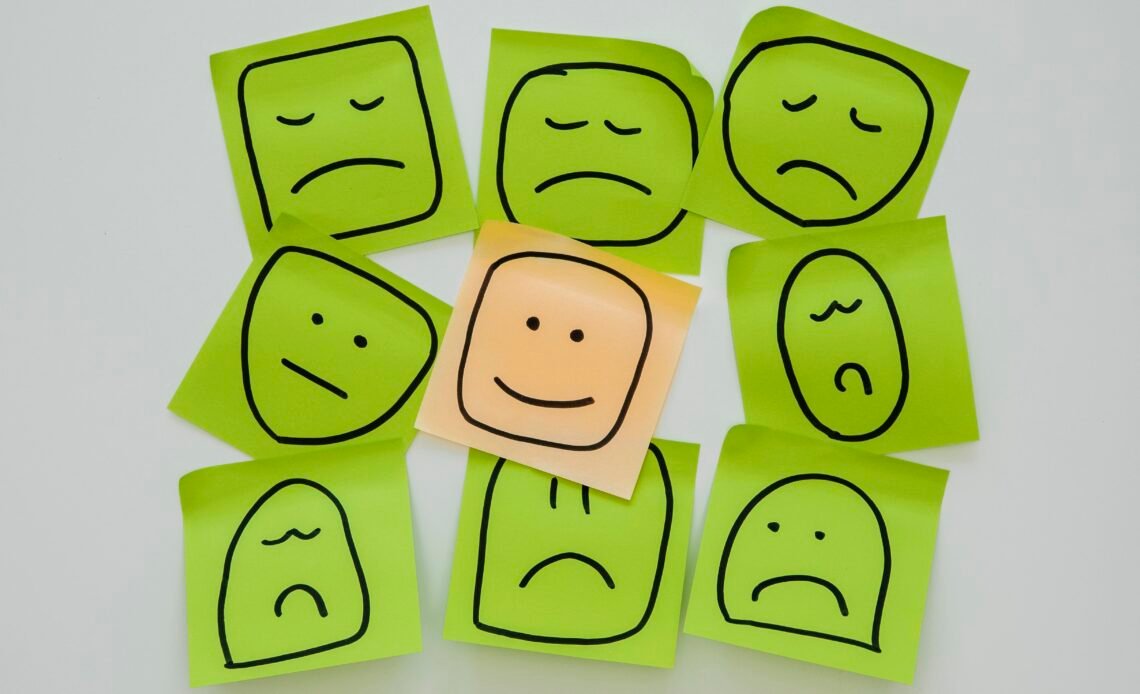
First published in The Hindu, 1 Nov 2025
You finally feel you’ve found your tribe in college. Whereas you always felt shy and awkward in school, you are glad that you aren’t the loner who eats lunch by herself in class. That you’ve been accepted, that too by a ‘cool’ bunch of friends, makes you smile. If only your schoolmates could see you now! So, when your pals meet at a friend’s place on a Friday night, you don’t think twice about going. As your friends help themselves to wine and beer, you feel a tug. You don’t really want to drink. However, you don’t want to be the odd one out. Though you’re having a great time, you feel conflicted. In an article in Frontiers in Psychology, Vera Shuman, David Sander and Klaus Scherer explain how we appraise or make sense of emotions. Most of us are familiar with the distinction between positive and negative feelings. However, our day-to-day experience of emotions suggests that a binary split is too simplistic. Shuman and her colleagues posit that the quality or valence of an emotion may differ along a number of dimensions.
Five criteria
We need a more nuanced conception of emotional valence beyond positive and negative, because we examine an event or experience along multiple criteria. Shuman and her colleagues post five criteria that help us parse emotions. The first refers to the pleasantness of an experiece. Being with a fun group of
friends whom you like feels good. Another criterion is whether an event is conducive to our goals. If one of your goals is to have a good group of friends, spending time with them is consonant with your goals.
However, if your exams are round the corner, then you may have to contend with two conflicting goals. One of being part of a group and the other of doing well academically. In such situations, where you experience a collision of goals, you may prioritize the importance of each. As you can hang out with friends even after your exams, you decide to hit the books.
A third dimension along which the valence of an emotion varies relates to your appraisal of power. The researchers aver that high power tends to be linked with “positive affect” whereas low power is deemed negative. The sense of belonging that you get from being part of a group tends to make you feel powerful. As you do not wish to jeopardize this sense of belonging, should you just sip wine to meld in?
But doing so feels incongruent to your self-concept. Growing up, your mother had dinned the harmful effects of alcohol into yoru head. You are also training for a marathon and staying fit is a core aspect of your sense of self. And the fifth criterion relates to whether an event feels morally good or bad. In this case, you’d rather remain non- judgmental about your friends’ choices as long as you are not pressured into drinking.
Awareness
Being aware of the five dimensions of pleasantness vs. unpleasantness, goal conducive vs. goal obstructive, high power vs low power, self-congruent vs self-incongruent and morally good vs bad can help you understand your mixed feelings better. Arthur Brooks writes in The Atlantic that mixed feelings can feel worse than “purely negative feelings” because you clearly know what to do in the case of the latter whereas the former can be very taxing.
But know that mixed feelings are part of the human condition and possibly add to the richness of our lives, albeit in complicated ways. The next time you are in a quandary, either about a person or a situation, try to dissect your feelings along the five dimensions. Mapping how you feel about various aspects of a complex issue can provide clarity, helping you make a more reasoned and deliberate decision.
The writer is visiting faculty at the School of Education, Azim Premji University, Bengaluru, and the co-author of Bee-Witched.

